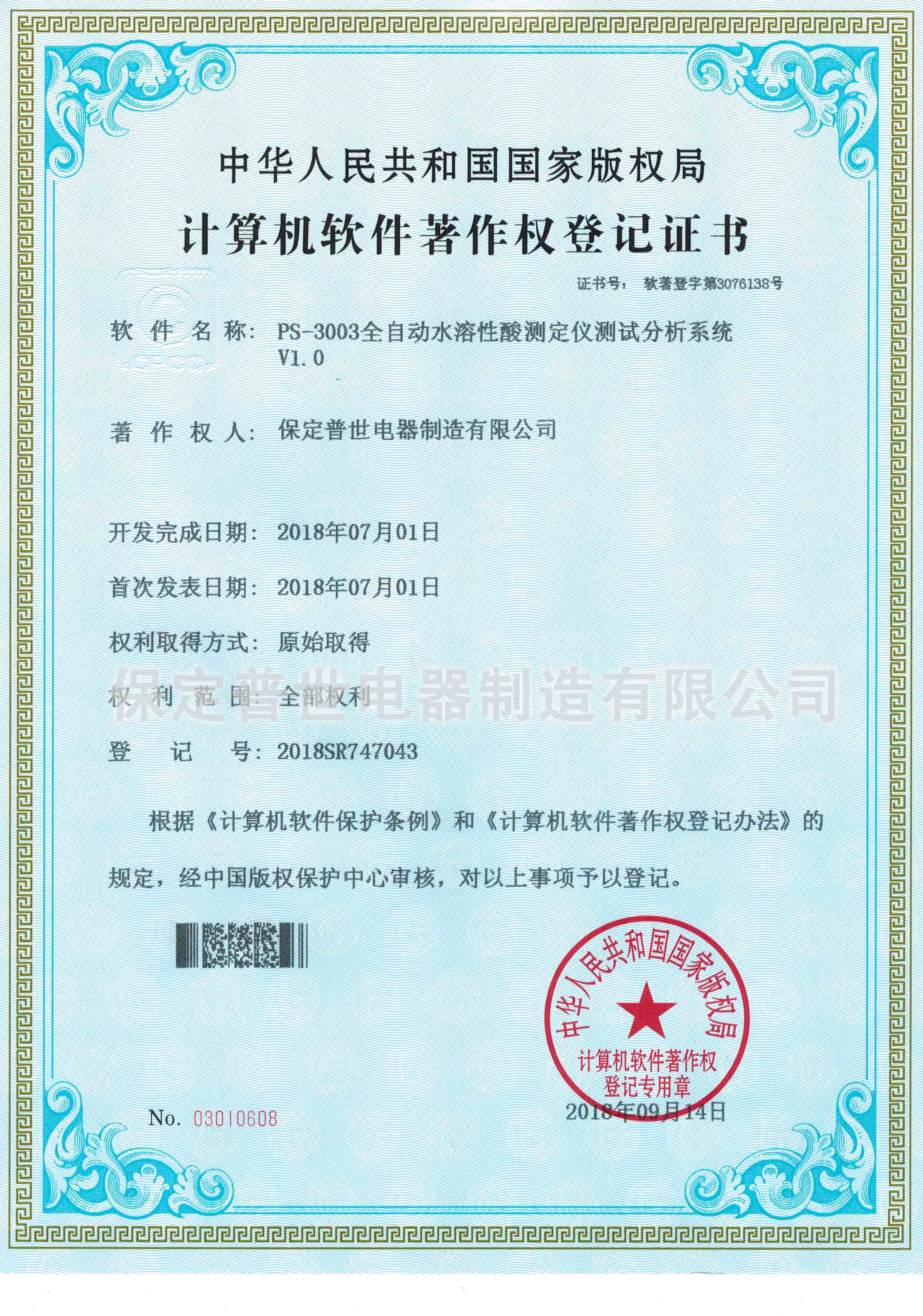 English
English



-
 Afrikaans
Afrikaans -
 Albanian
Albanian -
 Amharic
Amharic -
 Arabic
Arabic -
 Armenian
Armenian -
 Azerbaijani
Azerbaijani -
 Basque
Basque -
 Belarusian
Belarusian -
 Bengali
Bengali -
 Bosnian
Bosnian -
 Bulgarian
Bulgarian -
 Catalan
Catalan -
 Cebuano
Cebuano -
 China
China -
 China (Taiwan)
China (Taiwan) -
 Corsican
Corsican -
 Croatian
Croatian -
 Czech
Czech -
 Danish
Danish -
 Dutch
Dutch -
 English
English -
 Esperanto
Esperanto -
 Estonian
Estonian -
 Finnish
Finnish -
 French
French -
 Frisian
Frisian -
 Galician
Galician -
 Georgian
Georgian -
 German
German -
 Greek
Greek -
 Gujarati
Gujarati -
 Haitian Creole
Haitian Creole -
 hausa
hausa -
 hawaiian
hawaiian -
 Hebrew
Hebrew -
 Hindi
Hindi -
 Miao
Miao -
 Hungarian
Hungarian -
 Icelandic
Icelandic -
 igbo
igbo -
 Indonesian
Indonesian -
 irish
irish -
 Italian
Italian -
 Japanese
Japanese -
 Javanese
Javanese -
 Kannada
Kannada -
 kazakh
kazakh -
 Khmer
Khmer -
 Rwandese
Rwandese -
 Korean
Korean -
 Kurdish
Kurdish -
 Kyrgyz
Kyrgyz -
 Lao
Lao -
 Latin
Latin -
 Latvian
Latvian -
 Lithuanian
Lithuanian -
 Luxembourgish
Luxembourgish -
 Macedonian
Macedonian -
 Malgashi
Malgashi -
 Malay
Malay -
 Malayalam
Malayalam -
 Maltese
Maltese -
 Maori
Maori -
 Marathi
Marathi -
 Mongolian
Mongolian -
 Myanmar
Myanmar -
 Nepali
Nepali -
 Norwegian
Norwegian -
 Norwegian
Norwegian -
 Occitan
Occitan -
 Pashto
Pashto -
 Persian
Persian -
 Polish
Polish -
 Portuguese
Portuguese -
 Punjabi
Punjabi -
 Romanian
Romanian -
 Russian
Russian -
 Samoan
Samoan -
 Scottish Gaelic
Scottish Gaelic -
 Serbian
Serbian -
 Sesotho
Sesotho -
 Shona
Shona -
 Sindhi
Sindhi -
 Sinhala
Sinhala -
 Slovak
Slovak -
 Slovenian
Slovenian -
 Somali
Somali -
 Spanish
Spanish -
 Sundanese
Sundanese -
 Swahili
Swahili -
 Swedish
Swedish -
 Tagalog
Tagalog -
 Tajik
Tajik -
 Tamil
Tamil -
 Tatar
Tatar -
 Telugu
Telugu -
 Thai
Thai -
 Turkish
Turkish -
 Turkmen
Turkmen -
 Ukrainian
Ukrainian -
 Urdu
Urdu -
 Uighur
Uighur -
 Uzbek
Uzbek -
 Vietnamese
Vietnamese -
 Welsh
Welsh -
 Bantu
Bantu -
 Yiddish
Yiddish -
 Yoruba
Yoruba -
 Zulu
Zulu
transformer test list
Understanding the Transformer Test List A Comprehensive Overview
In the realm of machine learning and natural language processing, the transformer architecture has become a cornerstone for various applications. As technology continues to evolve, so does the need to evaluate and benchmark these models effectively. This is where the concept of a transformer test list comes into play, acting as a crucial resource for researchers and developers alike.
What is a Transformer Test List?
A transformer test list is essentially a curated set of benchmarks and criteria that are used to evaluate the performance of transformer-based models
. These tests typically assess key aspects like accuracy, efficiency, robustness, and ability to generalize across different tasks. The significance of these tests cannot be overstated, as they play a pivotal role in ensuring that models meet the required standards before they are deployed in real-world scenarios.Components of a Transformer Test List
1. Benchmark Datasets A crucial part of the test list involves benchmark datasets that the models will be evaluated against. Common datasets include GLUE (General Language Understanding Evaluation), SuperGLUE, and various others tailored for specific tasks such as sentiment analysis, question answering, and entity recognition. These datasets provide a wide range of challenges that mimic the complexities of human language.
2. Evaluation Metrics The choice of evaluation metrics is critical for assessing model performance. Metrics such as accuracy, F1 score, precision, recall, and BLEU score for language generation tasks are commonly employed. These metrics help quantify how well the transformer models are performing regarding the tasks at hand.
3. Testing Scenarios To thoroughly evaluate the robustness of transformers, various testing scenarios should be included. These include adversarial examples, noise robustness tests, and low-resource language evaluation. Each scenario challenges the model in different ways, ensuring a comprehensive assessment of its capabilities.
transformer test list

4. Computational Efficiency In addition to accuracy, it’s important to consider the computational cost of transformer models. Metrics such as inference time, resource utilization (CPU and GPU usage), and memory footprint are essential for understanding how scalable a model is in practical applications.
5. Interpretability and Fairness With the rise of ethical considerations in AI, evaluating a model's interpretability and fairness becomes vital. The test list can include assessments of how easily human evaluators can understand model decisions and whether the model demonstrates biases that could lead to unfair outcomes.
Importance of the Transformer Test List
The implementation of a transformer test list streamlines the evaluation process for various model iterations. It provides a standardized method for comparison, enabling researchers to gauge improvements over time and across different architectures. Furthermore, it promotes transparency and reproducibility in research, allowing findings to be shared and scrutinized within the community.
Moreover, as the transformer architecture continues to be adapted and optimized for different tasks, a robust test list ensures that these innovations are put through a rigorous assessment. This not only helps in identifying the best-performing models but also contributes to the advancement of the field by providing insights into potential weaknesses and areas for improvement.
Conclusion
In summary, the transformer test list is an indispensable tool for the evaluation of transformer-based models. By incorporating benchmark datasets, evaluation metrics, diverse testing scenarios, efficiency considerations, and fairness checks, researchers can holistically assess the capabilities of these models. In a rapidly evolving landscape of machine learning, having a reliable framework for testing ensures that innovations in transformer models lead to meaningful improvements and applications in natural language processing and beyond.
-
Ensuring SF₆ Gas Safety: Introducing PUSH’s Integrated SF₆ Analyzer for Dew Point, Purity, and Decomposition MonitoringNewsJul.10,2025
-
Exploring the Main Types of Industrial Endoscopes and Their Applications Across IndustriesNewsJul.04,2025
-
Testing Equipment Industry Sees Major Advancements in 2025: Smart & Precision Technologies Lead the WayNewsJun.06,2025
-
Applications of Direct Current Generators in Renewable Energy SystemsNewsJun.05,2025
-
Hipot Tester Calibration and Accuracy GuidelinesNewsJun.05,2025
-
Digital Circuit Breaker Analyzer Features and BenefitsNewsJun.05,2025



